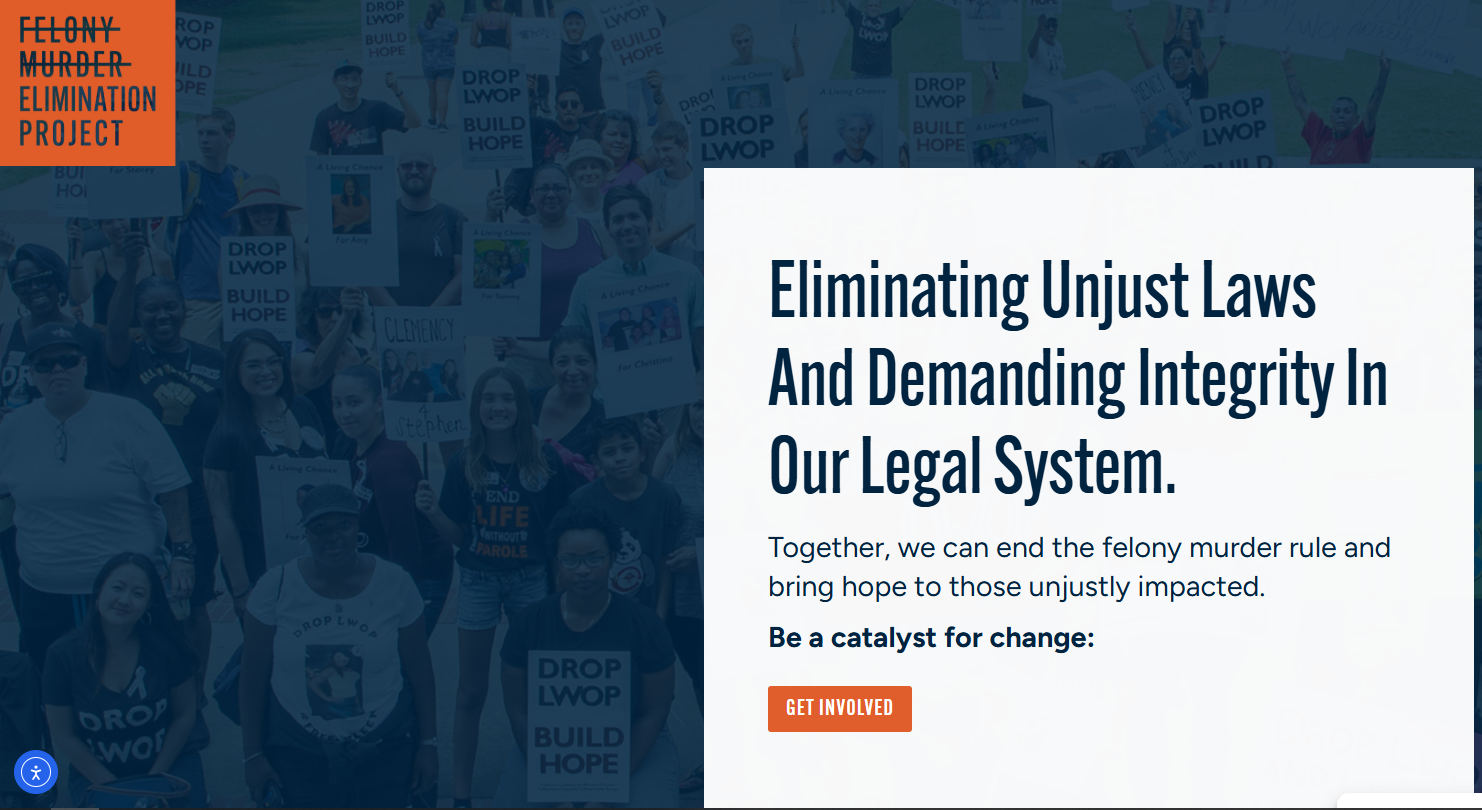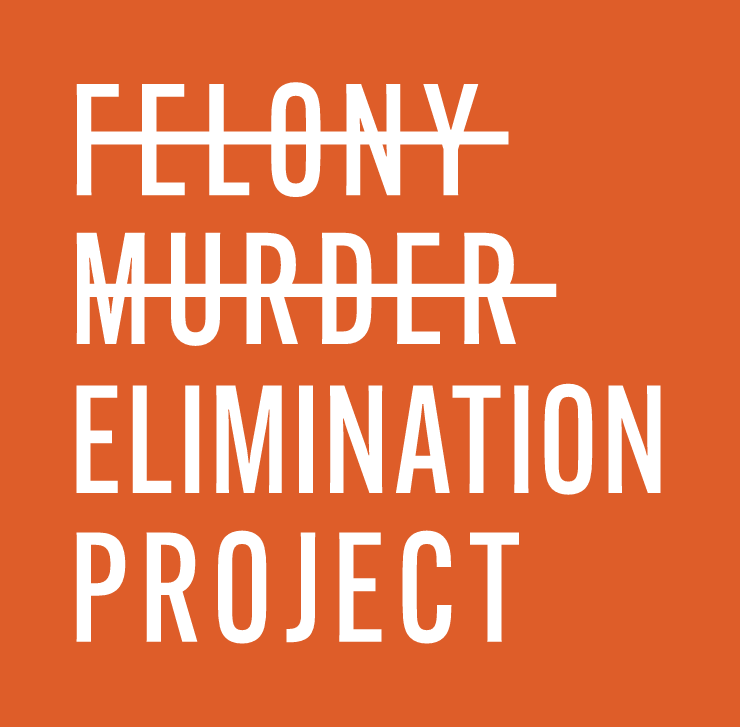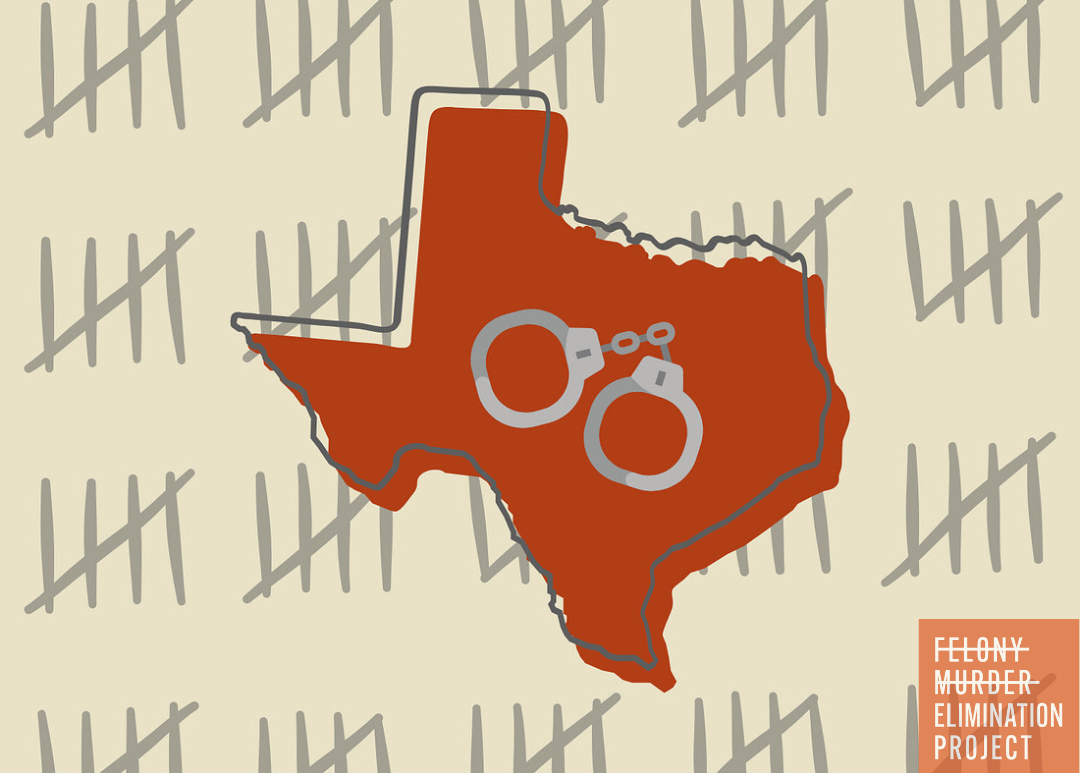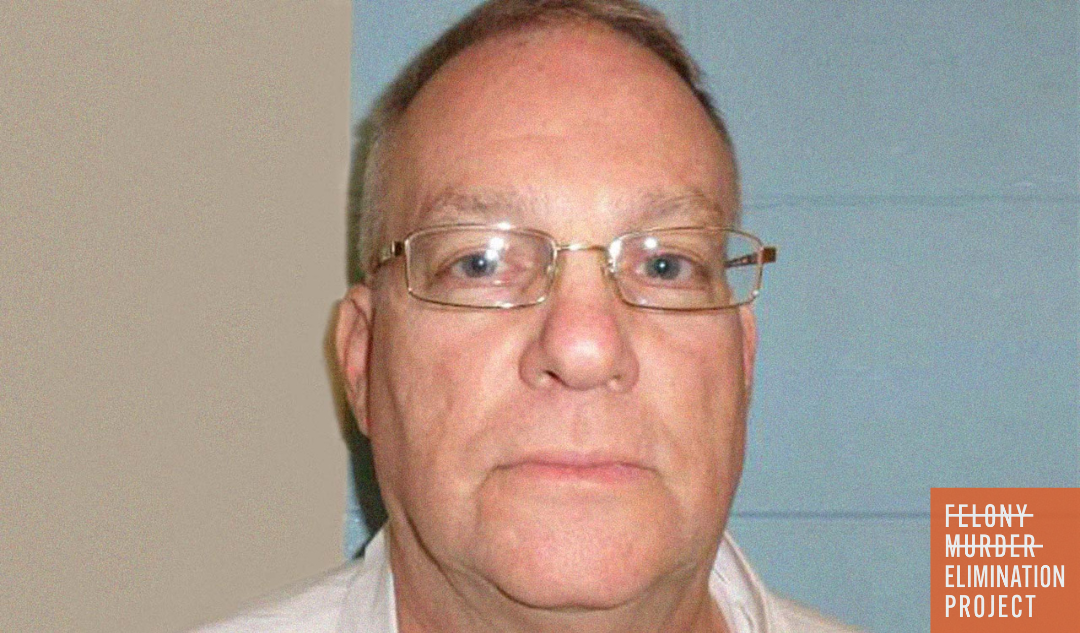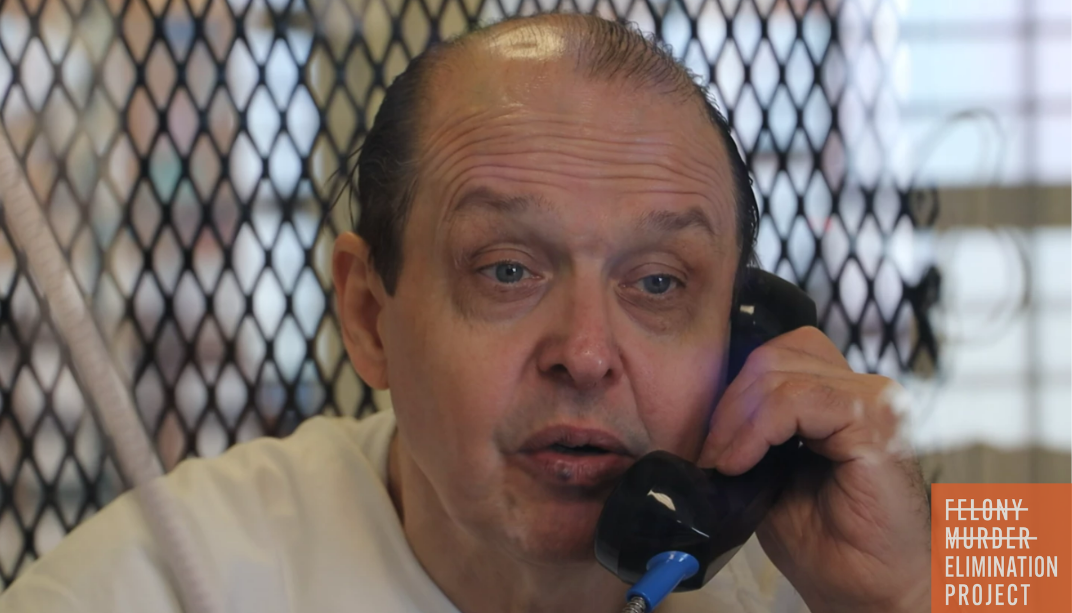Solitary Confinement in Immigrant Detention
Use of solitary confinement in immigrant detention centers expected to rise under current US Presidential administration
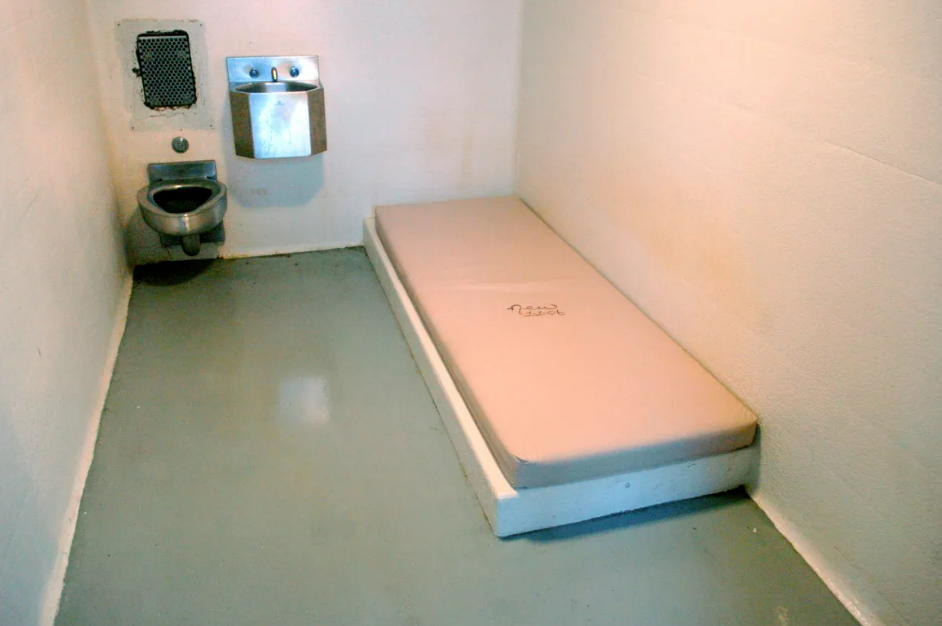
The United States holds the inglorious distinction to having the largest known prison population in the world. It has 5% of the world’s population while having 20% of the world’s incarcerated persons. As of spring 2024, there were about 1.8 million people in US jails and prisons.
The United States not only incarcerates the most people in the world per capita, but also exposes more of its citizenry to solitary confinement than any other nation. Solitary confinement generally comes in one of two forms: "disciplinary segregation," in which inmates are temporarily placed in solitary confinement as punishment for rule-breaking; and "administrative segregation." In the United States penal system, upwards of 20 percent of state and federal prison inmates and 18 percent of local jail inmates are kept in solitary confinement or another form of restrictive housing at some point during their imprisonment.
Inconsistent data provided to the federal government and nonprofit research groups makes it difficult to piece together how many people are in solitary confinement nationwide. The best available data suggest that in mid-2019. there were 122,840 people placed in solitary confinement for at least 22 hours a day within local, state, and federal correctional facilities.
Persons held in a solitary confinement endure extreme conditions of isolation, sensory deprivation, and idleness in correctional facilities. Living conditions in solitary confinement are physically unhealthy, extremely stressful, and psychologically traumatizing. The typical cell is 60 to 80 square feet, with a cot, a toilet, a sink, a narrow slit for a window, and sometimes a small molded desk bolted to the wall. In many facilities, cells have a steel door with a small slot for delivering meals.
Persons incarcerated in solitary confinement have little exposure to natural sunlight; bright fluorescent lights illuminate each cell, often through the night, disrupting natural sleep cycles and circadian rhythms. Some solitary confinement units are nearly silent except for sudden outbursts; others subject prisoners to an incessant cacophony of clanking metal doors, jingling keys, booted footsteps, and distressed voices reverberating off thick walls. Prisoners are typically taken out of their cells for only 1 hour on weekdays for recreation or a shower, or, in some systems, once a week for 5 hours.
Many people live in these conditions for years without the opportunity to engage in the types of human interaction, treatment, job training, and educational experiences that would help them adjust when reentering the general prison population or society. It is commonly thought that solitary confinement is reserved for incorrigibly violent, dangerous people. In fact, only a small percentage of people held in isolation need to be continuously separated from the general population. In some jurisdictions, the majority of people in disciplinary segregation do not pose a threat to staff or other prisoners, but are placed in segregation for minor rule infractions, such as talking back (insolence), smoking, failing to report to work or school, refusing to return a food tray, or possessing an excess quantity of postage stamps.
Solitary confinement is also used with migrants at Immigration and Customs Enforcement (ICE) detention centers across the country, often violating international human rights standard. As of 2024, ICE detained over 37,000 individuals in detention facilities, a figure that increased by almost 23,000 since the beginning of the Biden administration. According to ICE’s own quarterly reports, the agency’s use of solitary confinement is rapidly increasing, with the number of individuals placed in solitary by ICE rising by 61% from 2022 to 2023, and at least 3,000 individuals segregated in 2023 alone. Many of those isolated are the most vulnerable migrants, including LGBTQ+ individuals and people with mental illness.
These numbers are highly likely to grow in the new Trump administration, which has pledged to both greatly expand the use of immigration detention and further lower standards for detention conditions.
Read more about the use of solitary confinement in immigrant detention centers using a fact sheet published by Solitary Watch, "Solitary Confinement in Immigrant Detention." Solitary Watch is a nonprofit watchdog organization that works to uncover the truth about solitary confinement and other harsh prison conditions in the United States by producing high-quality investigative journalism, accurate information, and authentic storytelling from both sides of prison walls.

